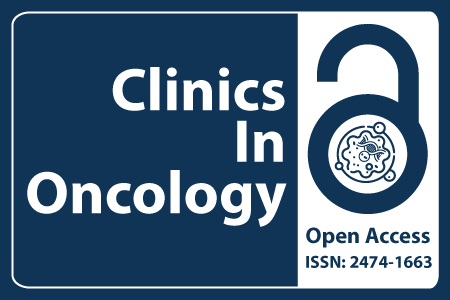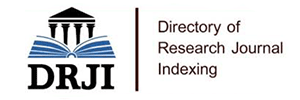
Journal Basic Info
**Impact Factor calculated based on Google Scholar Citations. Please contact us for any more details.Major Scope
- General Oncology
- Colorectal Cancer
- Radiological Techniques and Scans
- Radiation Therapy
- Bladder Cancer
- Endometrial Cancer
- Colon Cancer
- Prostate Cancer
Abstract
Citation: Clin Oncol. 2021;6(1):1866.DOI: 10.25107/2474-1663.1866
Synchronous Double Primary Hepatocellular Carcinoma and Intrahepatic Cholangiocarcinoma: A Case Report and Review of the Literature
Meng-Meng Qu and Jun-Qiang Lei
Department of Radiology, The First Clinical Medical College of Lanzhou University, China
*Correspondance to: Jun-Qiang Lei
PDF Full Text Case Report | Open Access
Abstract:
Presence of synchronous double primary Hepatocellular Carcinoma (HCC) and Intrahepatic Cholangiocarcinoma (ICC) (sdpHCC-ICC) located separately within a single liver is extremely rare. We reported a 49-year-old female with the diagnosis of HBV was admitted to our hospital. The levels of α-Fetoprotein (AFP) and Carbohydrate Antigen 19-9 (CA19-9) were found to be elevated.
Abdominal ultrasonography and enhanced computed tomography revealed two solid masses located in Segments (S) 4 and 6 of the liver. The preoperative diagnosis was multiple primary hepatocellular carcinomas. Hepatic resection of both segments was done. The resected specimens revealed the presence of well-defined tumors in segments 4 and 6. Histopathological examination confirmed the tumor of the 4th segment to be moderately and poorly differentiated ICC, and the tumor of the 6th segment to be poorly differentiated HCC. Immunohistochemically, the ICC in S4 was positive for CK19 and negative for Heppar-1, while the HCC in S6 was positive for Heppar-1 and negative for CK19. Unfortunately, metastasis to multiple organs and lymph nodes were observed 3 months later. The clinical characteristics of sdpHCC-ICC are usually atypical and nonspecific making its preoperative diagnosis quite difficult. The purpose of this study is to investigate the clinical, imaging, pathological characteristics and prognosis of patients with sdpHCC-ICC, in order to enhance our understanding of the disease and improve diagnostic and therapeutic effect.
Keywords:
Cite the Article:
Qu M-M, Lei J-Q. Synchronous Double Primary Hepatocellular Carcinoma and Intrahepatic Cholangiocarcinoma: A Case Report and Review of the Literature. Clin Oncol. 2021;6:1866..













